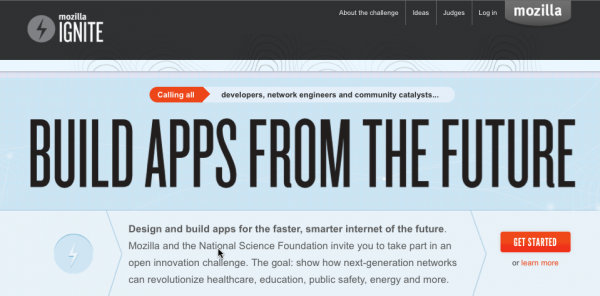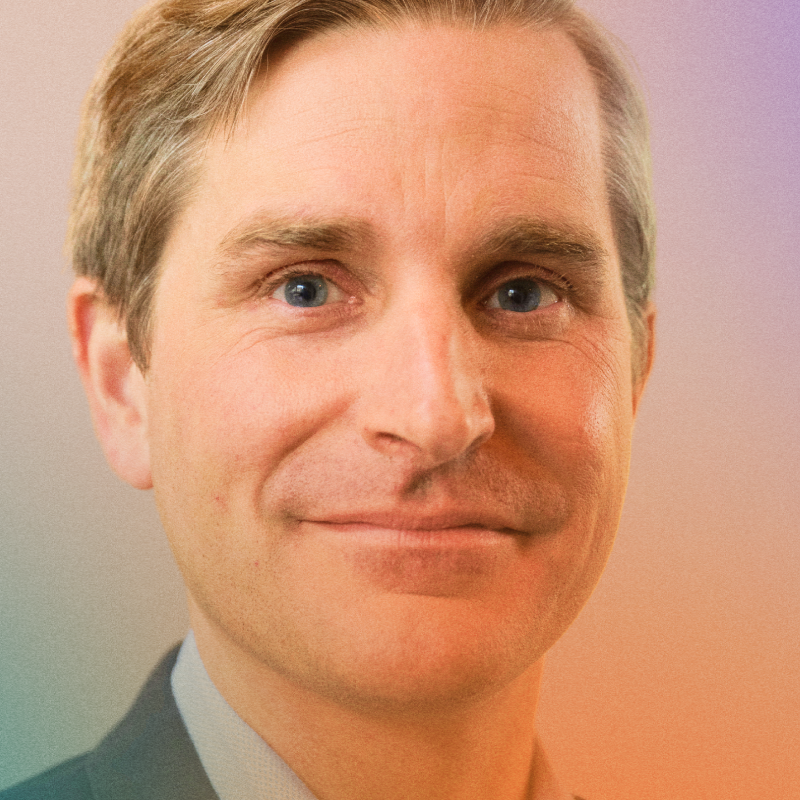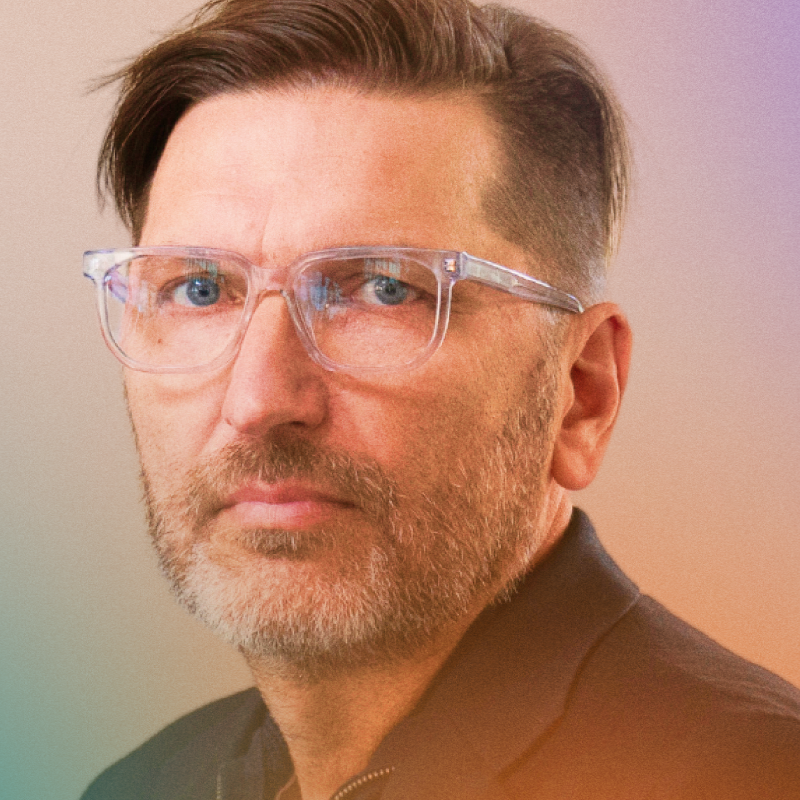Mozilla and National Science Foundation seek developers to build “apps from the future”

Today, Mozilla and the National Science Foundation announced eight winning ideas that offer a glimpse of what the internet of the future might look like. Next up: invite developers everywhere to make these and other big ideas a reality.
Eight teams were awarded prizes today for their submissions to the Brainstorming Round of “Mozilla Ignite,” an open innovation challenge that invites developers and the general public to imagine and build applications that make use of ultra-fast, deeply programmable networks up to 250 times faster than today’s internet.
The proposed apps are aimed specifically at areas that create public benefit. Categories range from education, healthcare, public safety and clean energy to transportation, workforce development and advanced manufacturing.
Development Round now open
Now that the initial “Brainstorming Round” is complete, the challenge moves into the “Development Round.” Developers can enter the challenge now to help build one of the winning ideas announced today, or submit their own completely new proposal.
$485,000 is available in funding to support winning proposals, and all are welcome to submit at mozillaignite.org. Winners will receive funding, mentorship from world-leading judges, and access to the National Science Foundation’s Global Environment for Network Innovation (GENI), one of the most advanced test-bed networks in the world.
Brainstorming apps from the future
Here are the eight winning ideas announced today from the Mozilla Ignite Challenge’s “Brainstorming Round:”
- Real-Time Emergency Response Observation and Supervision
Jeremy Cooperstock, Shared Reality Lab, McGill University
This app saves lives. The goal: arm firefighters, rescue workers and first-responders with powerful new real-time data and communications. Combining live, high-quality video from multiple feeds with real-time sensor data — like heat and smoke levels — could dramatically improve decision-making and coordination. - Real-time 3D Interactive Telepresence
Andor Salga, Seneca College, author of XBPointStream
A giant leap beyond video-conferencing. This app proposes using 3D Kinect sensors for two-way, three-dimensional “tele-presence,” allowing doctors to gain a real-time views of their patients, or let teachers to teach remote classes in 3D. - Remote Process Control Using a Reliable, Real-Time Protocol
George Adams, Purdue University
Reliable, super-fast remote control. Gigabit networks can provide new ways of controlling processes from afar, allowing engineers, artists, and experimenters to remotely control advanced manufacturing processes like 3D printing — regardless of how close they are to the means of production. - Long-Term Monitoring and Crisis Management System
Amr Ali, Biomedical Engineer and Dmitri Boulanov, Software Engineer, Boston University 2010
Ubiquitous sensors plus high-speed networks can revolutionize healthcare. This app would allow you and your doctor to aggregate and analyze your health data in real-time, detecting and preventing potential crises before they occur. - High Quality Open Source Web Conferencing
Fred Dixon, BigBlueButton
Combining high-speed networks with new web standards like HTML5 and WebRTC. The result: a robust remote classroom experience and high-quality education for any student equipped with a simple web browser, no matter where they’re located. - Kinect Health 3D
Bob Summers, graduate of Virginia Tech and MIT
Helping users get in shape with peers — from the convenience of their living rooms, using real-time 3D scans of participants plus high speed computing resources in the cloud to monitor and share their progress over time. - Smart Streets for Smart Cars
Eric Endlich and Julian Valencia, EndlichStudios
Cars are getting smarter, so why shouldn’t streets? From traffic lights that dynamically respond to changes in traffic, to street lamps that automatically dim to save energy, to roads that communicate real-time traffic updates and emergency broadcasts to drivers. - The Rashomon Project: “Multi-Perspective Chronology”
Camille Crittenden, Data and Democracy Initiative at CITRIS, UC Berkeley
Using social video improve our understanding of complex events. Rashomon would allow visitors to study an event from multiple perspectives, zooming in on particular moments to examine sequences in detail.
What would you do with “super network” power?
Mozilla Ignite’s Will Barkis says app ideas like these are aimed at demonstrating what’s possible with deeply programmable, gigabit-per-second networks. “In the same way that earlier ‘killer apps’ like spreadsheets and email made the case for home computing, we’re looking for next-generation apps that make the case for how new ‘super networks’ can spur a whole new era of innovation.”
Suzi Iacono from the National Science Foundation says the goal is to create 60 transformative apps over the next three to five years. “We’re looking for apps with real impact in areas of public benefit, and it’s so exciting to see the enthusiasm and brilliance coming through already in some of these submissions.”
Get involved
- Learn more about the Mozilla Ignite challenge.
- Submit your proposal. Developers can enter to build one of the winning ideas listed above, or submit their own entirely new proposal.
- Comment or give feedback on these and other app ideas.
- Learn more about the larger US Ignite initiative.


